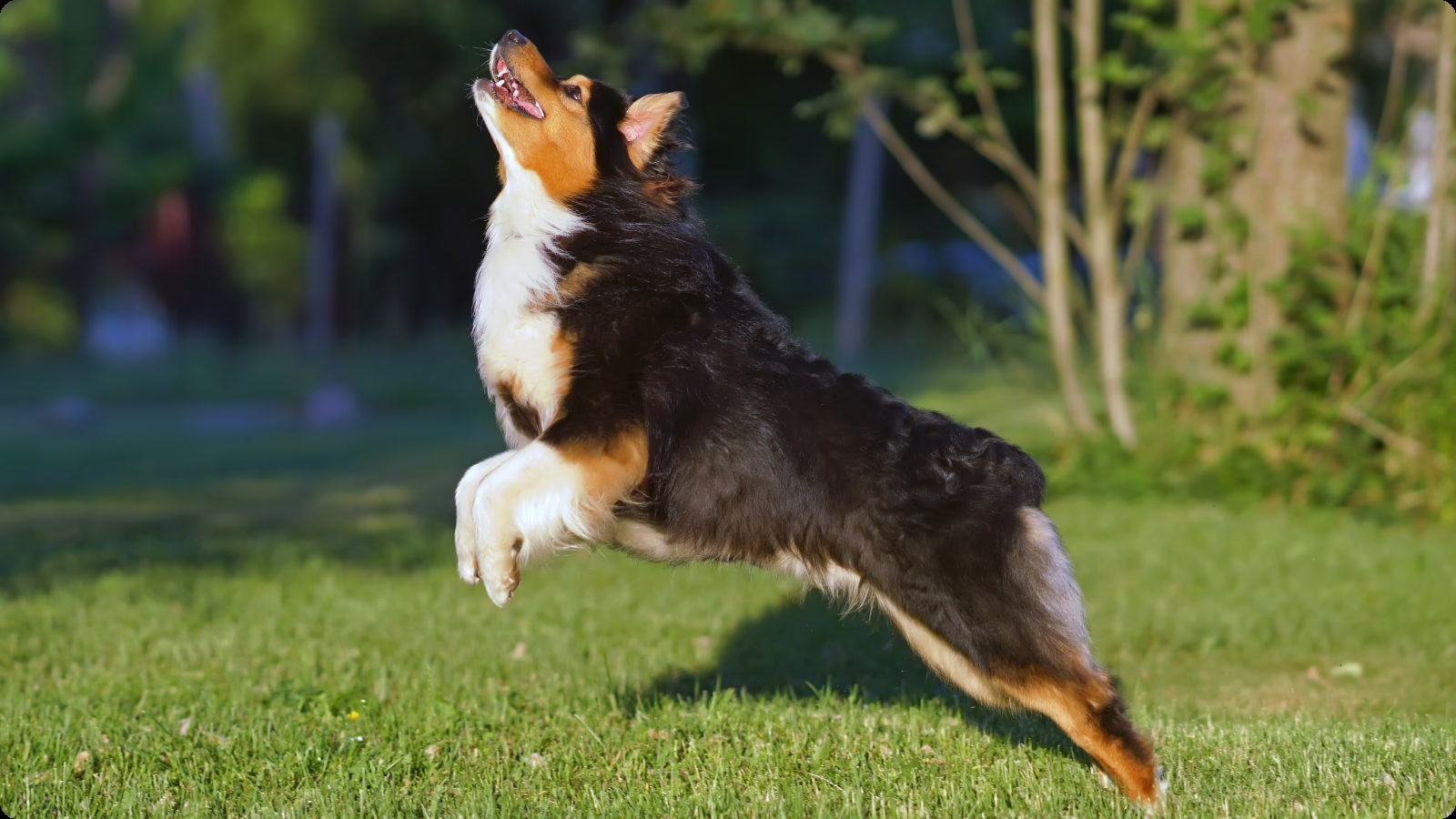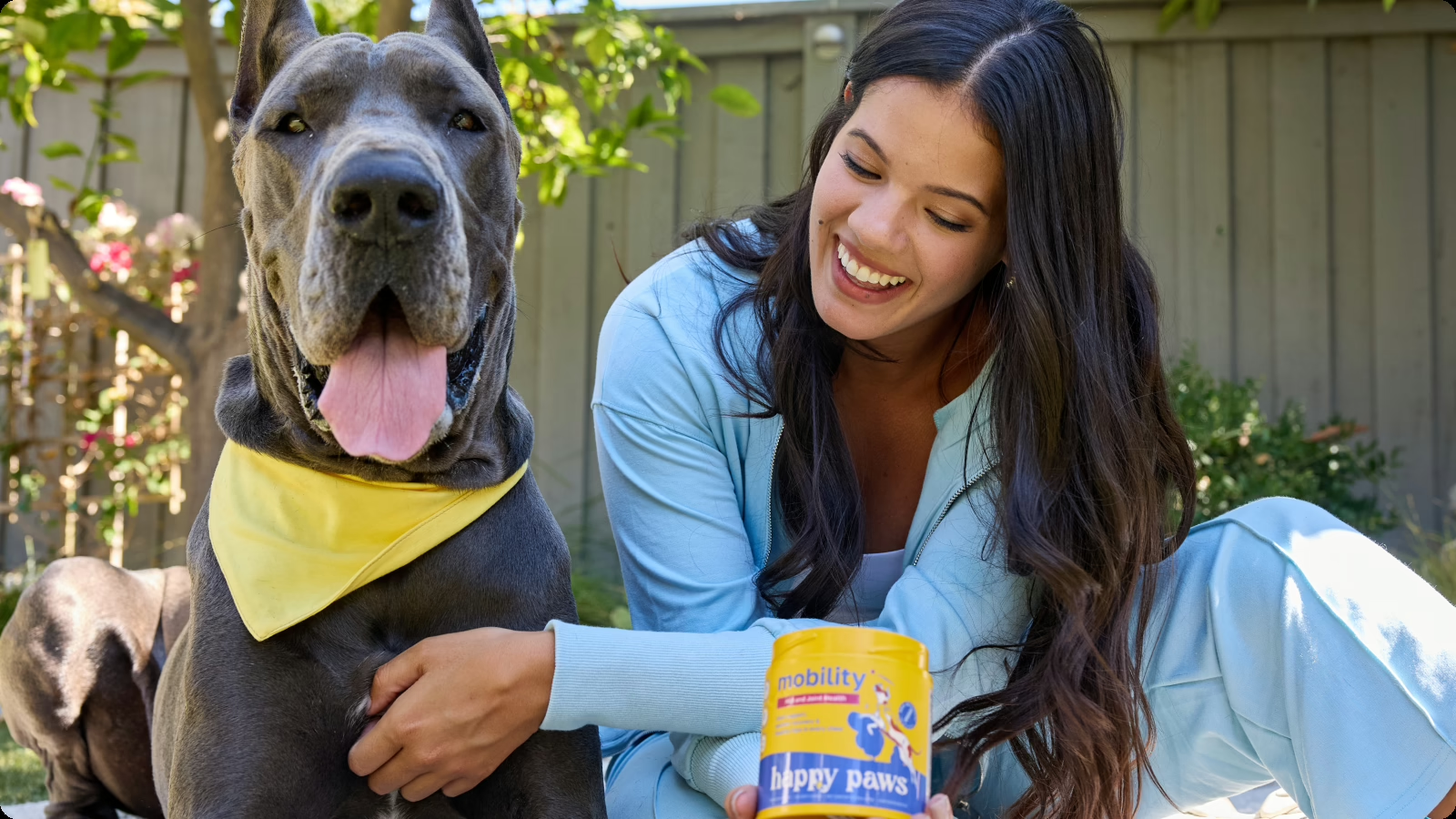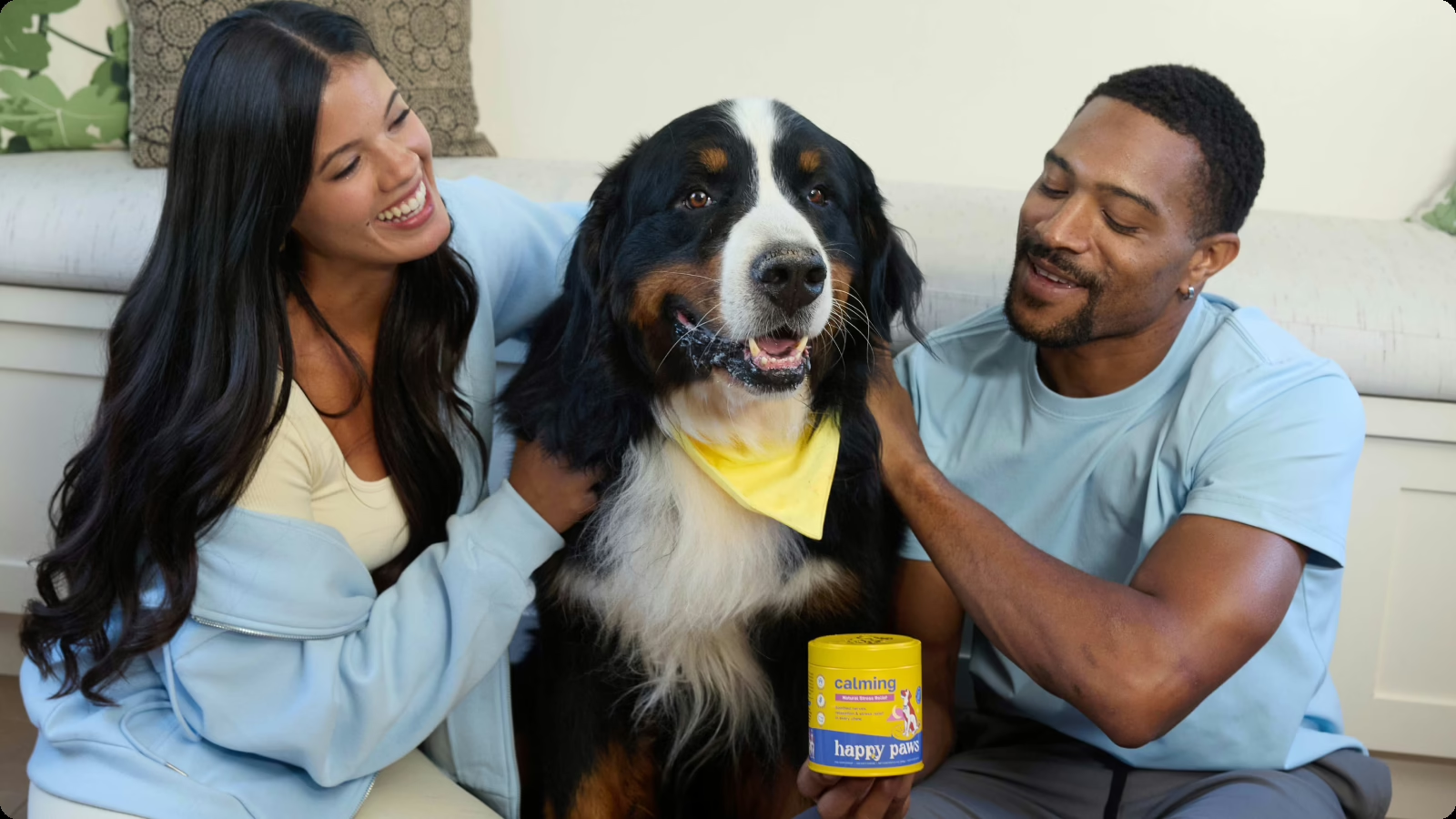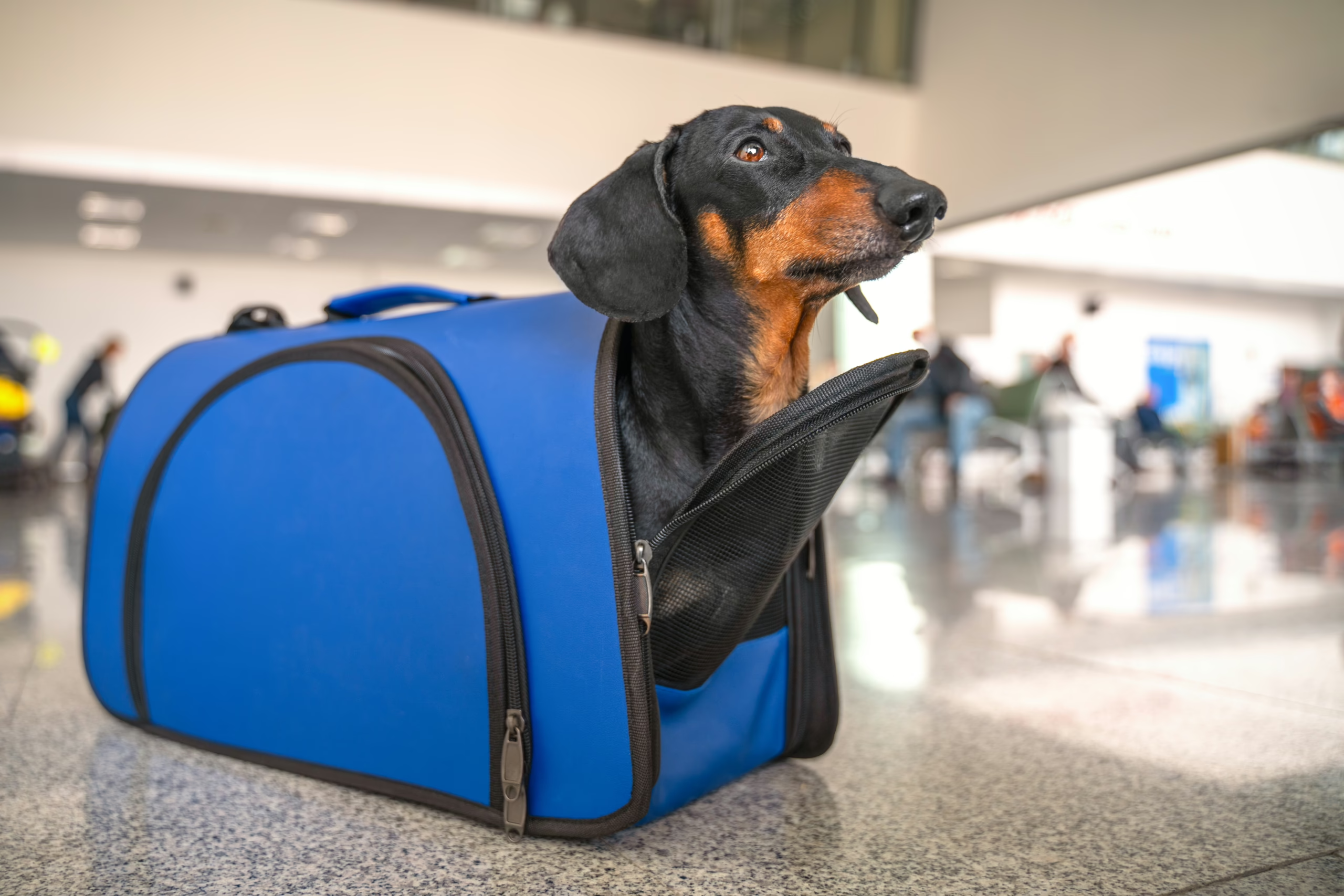Anxiety in dogs can stem from a number of things. Some make sense to us and some … well, seem just a little odd, like the mailman, party balloons, thunder, visitors wearing hats, the vacuum, and the menacing A/C unit. Even confident dogs can carry anxiety from past experiences. One bad encounter with the cat as a puppy can make a fearless Mastiff wary around feline friends. Your dog’s anxieties are unique, curated from a life lived in a world not tailored for them. But most dogs share a similar stimuli that make them anxious: your absence.
Separation anxiety in dogs isn’t new, though it may feel like it is in this post-COVID-19 world. In the past few years, many dogs have found fur-ever homes, dove clumsily headfirst into the arms of a loving family, and have now had to adjust to new schedules and empty homes.
Here, we’ll help you handle separation anxiety with a few key tips and tricks. We’ll give you a couple bits of advice that have worked for our dogs and even recommend a calming natural supplement that can complement consistent behavior training. Separation anxiety in dogs isn’t new. And luckily, it’s treatable. They’re part of your pack. Let’s help show them that’s the case even in your absence.
What Is Separation Anxiety, Exactly?
Whether you know it or not, your “departure” is a routine, and your dog’s caught onto it. You reach for the keys, grab your shoes, and signal to your dog that they will be the captain of the house for a few hours. Separation anxiety is when your dog notices these signals and feels stress or panic.
After you leave, your dog can go into full panic mode, resorting to destructive behaviors, barking, howling, whining, or going to the bathroom inside, all of which are your dog’s attempts at self-soothing. Even after you return home, and see the aftermath, your dog may still be unable to rein in their emotions. This might be the best time to consult a veterinary professional for guidance on next steps. They may advise a natural calming supplement paired with consistent behavior training, or they may prescribe a more tailored direction.
How Common Is Separation Anxiety in Dogs?
Separation anxiety is common for most dogs. In fact, studies have found that separation anxiety affects up to 14% of all dogs, regardless of breed, size, or age. This is by far the most common form of anxiety in dogs, more common than fear-based or age-related anxiety. Mild anxiety when left alone is common in dogs. But when their behavior gets destructive, it might be time to consider all-natural interventions.

Signs of Separation Anxiety
You may think you know the tell-tale signs of separation anxiety in dogs, but you might not be aware of all of them. Separation anxiety can manifest in a number of different ways, depending on your dog’s age, size, self-confidence, training, and environment. Sometimes, in a new space, dogs can express their frustrations in behaviors you’ve never seen from them before. Here are the most common signs of separation anxiety.
Chewing and Destructive Behavior
The first, perhaps most obvious, sign of separation anxiety is destructive behavior. This behavior can range from ripping up shoes, pillow cushions, and drywall to daintily tearing away at a loose thread in an old sock. These destructive behaviors don’t stem from anger at you leaving, but rather from an anxiety about being alone. Your dog has all these tumultuous emotions without a constructive outlet. So, they can take it out on your things. Most dogs don’t want to. In fact, when you get home, most dogs start displaying submissive behavior.
The best way to deal with destructive behavior is with calm, consistent redirection. Aiming your anger and frustration at your dog will only worsen the situation when you leave the house again. We’ll talk more about constructive strategies below.
Excessive Vocalization
Another common sign of separation anxiety is excessive vocalization. This can be in the form of barking, howling, or whining until you return. Many dogs start barking or whining as you prepare to leave.
Potty Accidents
When many pet owners come home, they are greeted to an accident waiting for them. Even if your dog is house-trained, they may get a little too anxious in your absence and leave a trail of pee or a pile of stool somewhere in your house. Again, this is not your dog’s subtle way to shade you for leaving. Rather, it’s an anxiety response that should be treated with calm and consistent attention. It’s important not to scold an already anxious dog.
Restless Movement
As you gather your things and hit all your “departure cues,” your dog may begin aimlessly pacing around your home. They may jump from the couch to go wander the kitchen to then sniff around the bedroom, and finally return to the couch, all in an attempt to walk off their anxious jitters. When you’re gone, this behavior can continue and even amplify. Many dog owners with pet cameras have watched their dogs erratically pace around their homes until their return.
What Triggers Separation Anxiety?
There can be many causes of separation anxiety, most of which revolve around your departure cues. But there are a few more that may surprise you.
Changes in Schedule
For many of us, we adopted our pets during COVID-19 and nurtured them through mandatory quarantines. This meant spending a lot of time bonding with each other. Now that most businesses are returning to the office, many dogs are left in empty homes, waiting hours to finally reunite with their favorite person. This is just one example of a change in your dog’s schedule that may trigger separation anxiety. Changes in schedule can be dramatic for most dogs. They can cause feelings of uncertainty and hesitation in your pup—and even in their owners.
So, if your dog is exhibiting new signs of separation anxiety, look at your schedule. Has it changed? Your dog’s schedule mirrors your own. This may be the cause of your dog’s new case of separation anxiety.
Moving
If you recently moved homes, your dog might be totally perplexed. New homes mean new smells, new spaces, new routines, and new, well, everything. And “new” can sometimes trigger anxiety in dogs. So, while you’re unpacking or dashing out for something, your dog is facing an unfamiliar environment. For dogs, moving can cause a frenzy of mixed emotions, one of which is separation anxiety.
Sudden Changes in Environment
Much like with moving, when your dog’s environment shifts, they are left to reckon with it alone after you leave the house. For some pet owners, the passing of a second dog or a complementary cat can trigger a new sense of anxiety in their healthy, confident dog. Like us, dogs rely on our other pets for emotional support. When that crutch vanishes, your dog may resort to acting out their anxiety in destructive behaviors, barking, whining, or going potty inside.
On that same note, when a pet’s owner passes, their dog is met with a whole new wave of uncertainty. Even if that dog finds itself in a loving, warm home full of new wonderful owners, that anxiety can still creep in when they’re left alone. So, if your dog’s environment has recently shifted, look out for signs of separation anxiety.
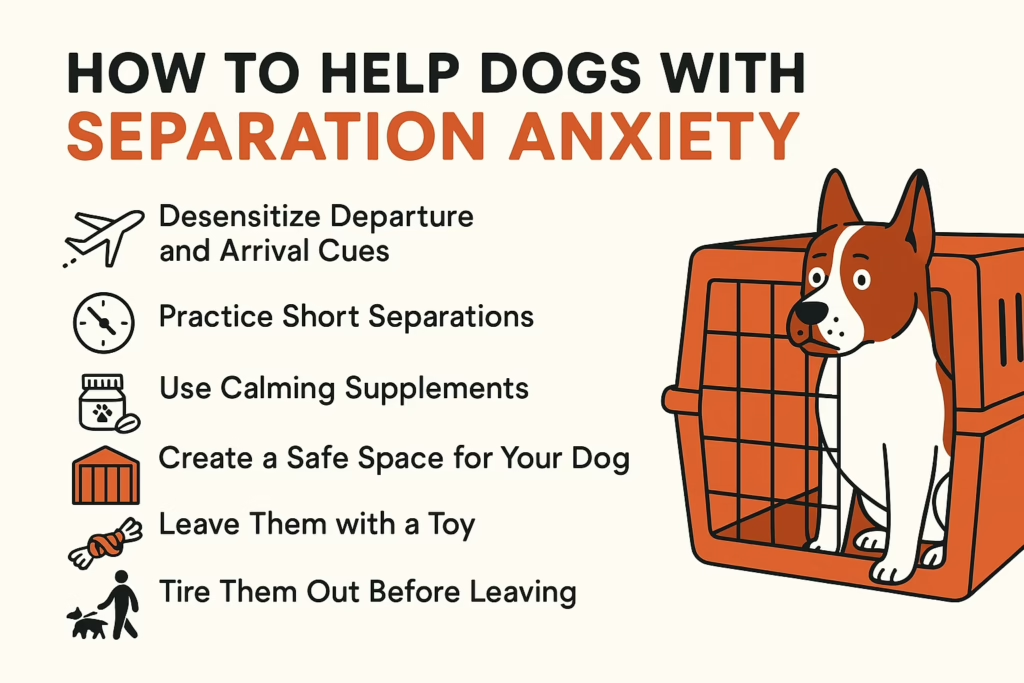
How to Help Dogs with Separation Anxiety
Separation anxiety is common, and its treatment is accessible to most pet owners. All it takes is consistent training, room for mistakes, and gentle reassurance.
1. Desensitize Departure and Arrival Cues
Like we mentioned above, you signal specific cues when you leave, and your dog has picked up on them. It’s important not to shy away from these cues but also to not give into your dog’s anxiety with overzealous pets, praises, and affection. When you leave, keep your departure neutral and calm. Hit your cues and go. Offering excessive attention as you depart can only spike their anxieties.
And the same can be said upon your return. When you walk inside, don’t greet your dog with over-the-top affection. In fact, it’s best to wait until your dog is calm before saying hello. This will help desensitize your departures and arrivals.
2. Practice Short Separations
When you’re first beginning separation anxiety training, do it in small bursts. At first, leave your dog alone for twenty minutes, then thirty minutes, then an hour and more. Work your way up gradually.
3. Use Natural Calming Supplements Before Departing
Another popular option for pet parents is to give their dogs a natural calming supplement about 30 minutes before departure. This lead time will help your dog fully digest the chew, letting the naturally calming ingredients absorb and go to work. Our fan-favorite Calming Dog Chews are a fantastic option for pet parents who want an all-natural, organic supplement that helps gently soothe their dog’s stress.
4. Create a Safe Space for Your Dog
Many pet owners feel most comfortable leaving their dogs in a safe, controlled space, away from appliances, furniture, and anything else unsuitable for a dog who’s home alone. This is where crate training can be handy. Crate training lets you create a safe space for your dog—and only your dog. Your dog’s crate is meant to be their protective haven. So, it’s best not to use it for punishment. Only leave toys that aren’t choking hazards in their crate. Some owners even like to put a sheet over the crate to block out sounds and light, letting their dog enjoy a more desensitized environment.
5. Leave Them With a Mentally Stimulating Toy
When you depart, you can also leave your dog with a mentally stimulating toy that distracts them in your absence. Some pet parents order more state-of-the-art toys to keep their dog entertained for hours, while others freeze treats in ice cubes or wrap kibble in a twisted towel, letting their dog find creative ways to sniff ’em out.
6. Tire Them Out Before Leaving
Before you leave, you can also take your dog on a longer, more involved walk or a trip to the park. Helping them run out their energy can leave them tired and sleepy before you depart.
7. Consider Doggie Daycare or a Dog Walker
And if you’re gone for more than four to six hours, it might be best to consider a doggie daycare or hire a dog walker to come and check in on your little fella. These options help keep your dog out of the house and away from their feelings of separation anxiety.
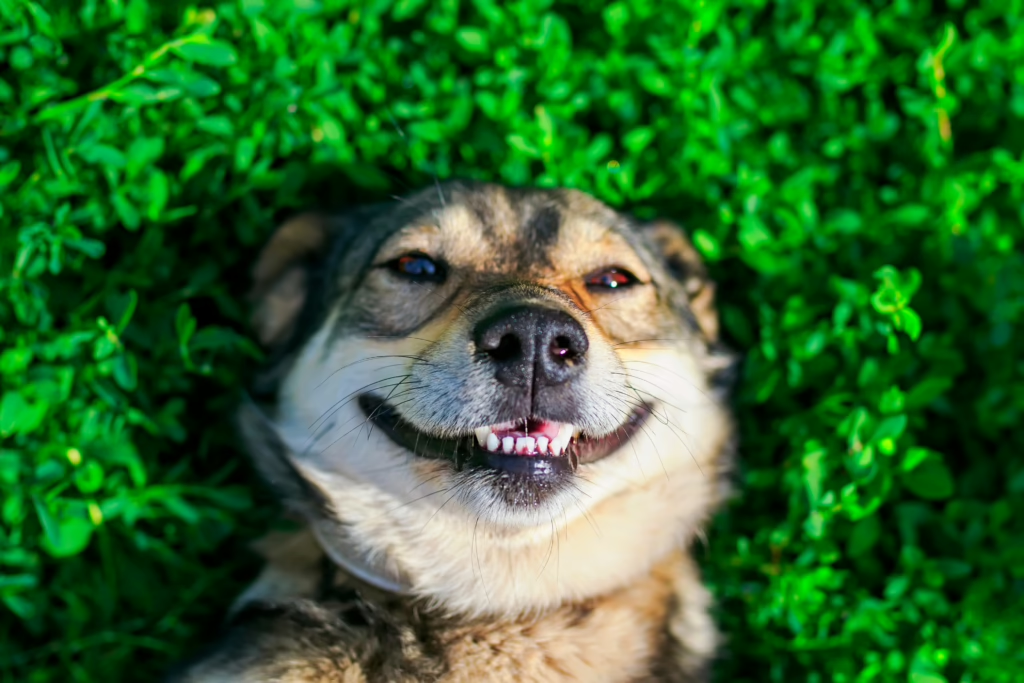
Spotlight on Calming Dog Chews
In step three, we mentioned how many dog parents opt for all-natural calming supplements. Our Calming Dog Chews contain organic, vegan ingredients that support calm behavior. You can give these chews to your dog to help support a daily sense of calm or whenever anxious triggers arise. These healthy treats are packed with active ingredients like tryptophan, valerian root, and L-theanine, each ingredient offering its own unique benefits for soothing stress and calming your dog’s jitters.
Training Is Key
As we’ve mentioned, separation anxiety is common, normal, and sometimes even expected in dogs that have just experienced a change in their environment or schedule. When helping your dog through their anxious tendencies, it’s always important to do so with kindness, gentleness, and grace. Dogs with anxiety need patience, positive reinforcement, and consistent routines. They need reassurance, affection, and to know that you will be there for them when you get back.
And how lucky are we to have these little fur babies to come back to?

